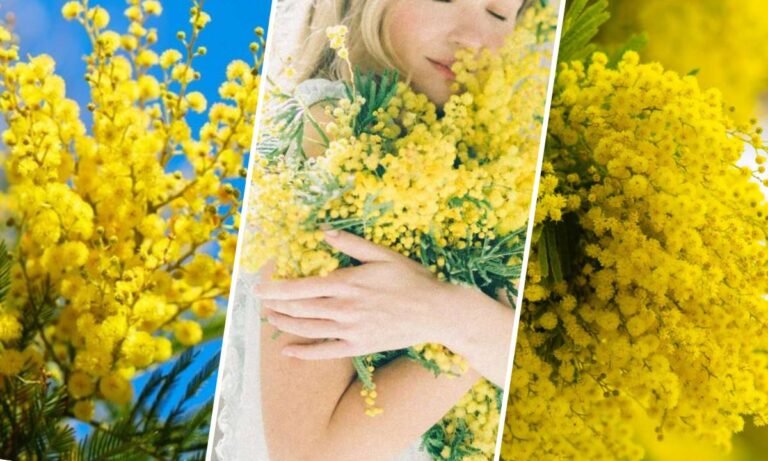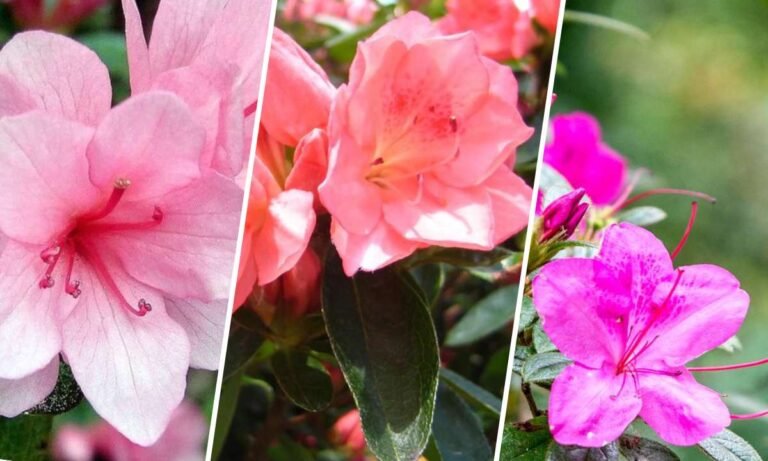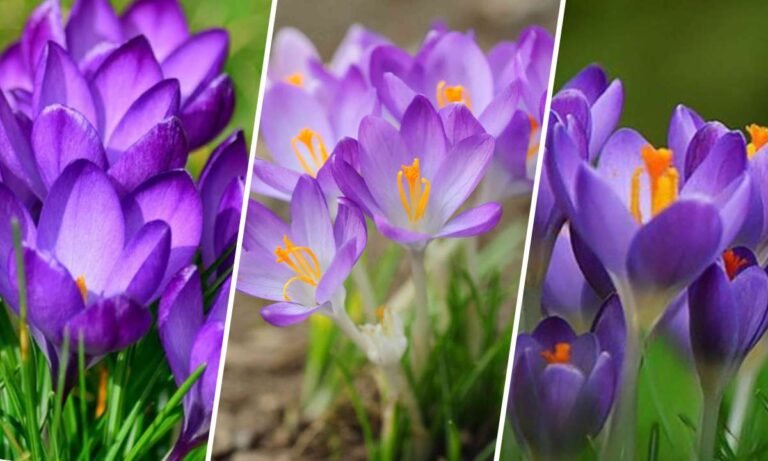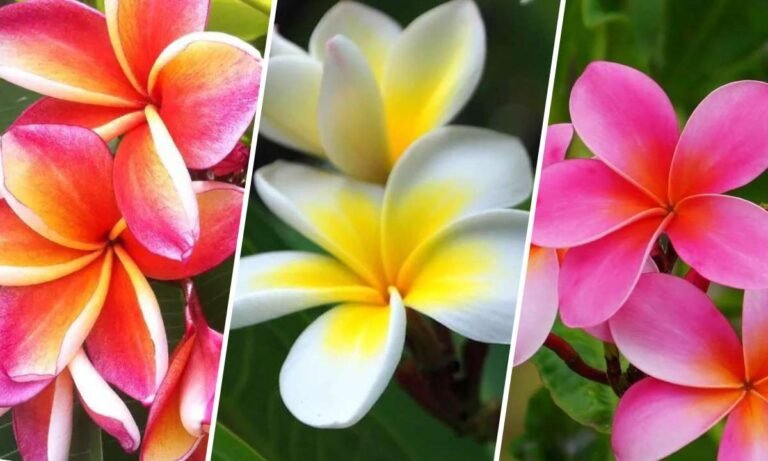Introduction to Pink Carnations Flower
Pink carnations are not just beautiful; they have a rich history and deep cultural significance. Being one of the oldest cultivated flowers, they have been used in gardens and ceremonies for centuries. This article explores the meaning, symbolism, history, and cultural importance of pink carnations.
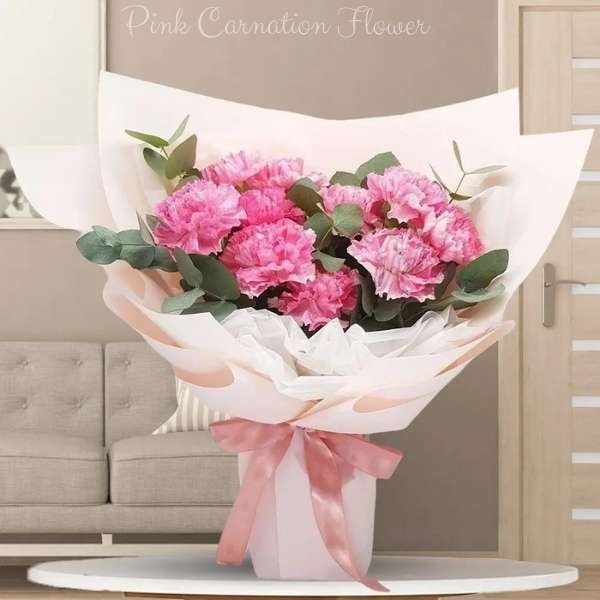
Historical Background of Carnations
Origins and Early Cultivation
Carnations, known scientifically as Dianthus caryophyllus, originated in the Mediterranean region. The name “Dianthus” comes from the Greek words “dios” (divine) and “anthos” (flower), highlighting their divine connection. Cultivated for over 2,000 years, carnations are among the oldest flowers known to humans.
Carnations in Ancient Cultures
In ancient Greece and Rome, carnations were used in ceremonial crowns and garlands, symbolizing love, fascination, and distinction. They were considered sacred, often associated with gods and religious rituals.
Symbolism of Pink Carnations Flower
Love and Admiration
Pink carnations are widely recognized as symbols of love, gratitude, and admiration. They are often given to express affection and appreciation. Unlike red carnations, which symbolize deep romantic love, pink carnations convey a gentler, more subtle love, often associated with family or admiration for someone’s character.
Motherly Love and Gratitude
One profound meaning of pink carnations is their association with motherly love. According to Christian legend, pink carnations appeared from the Virgin Mary’s tears as she watched Jesus carry the cross. This is why pink carnations are a traditional flower for Mother’s Day, representing a mother’s undying love and gratitude.
Feminine Energy and Compassion
Pink carnations also symbolize feminine energy and compassion. They convey softness, grace, and gentleness, making them perfect for expressing heartfelt emotions.
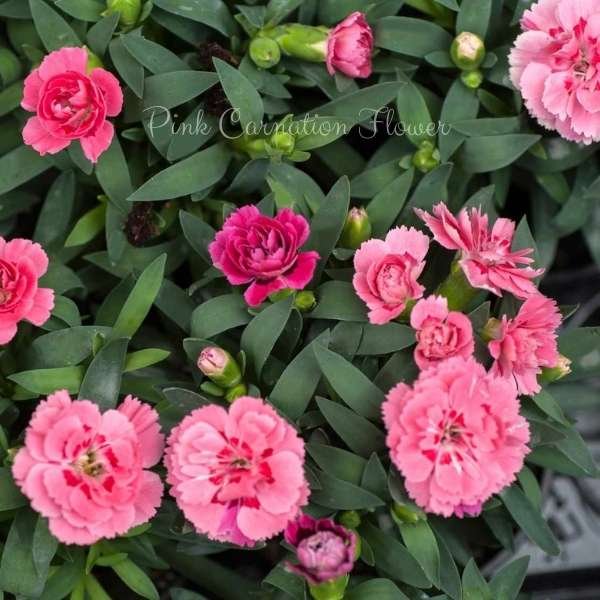
Cultural Significance of Pink Carnations Flower
Pink Carnations in Eastern Traditions
In many Eastern cultures, pink carnations hold special meaning. In Korea, they are given to parents on Parents’ Day to show respect and gratitude. They are also used in various ceremonies and celebrations to express admiration.
Western Floral Traditions
In Western cultures, pink carnations are popular in bouquets and floral arrangements for birthdays, anniversaries, and holidays. They are especially popular for Mother’s Day and International Women’s Day, symbolizing the bond between mothers and their children and the strength and resilience of women.
Varieties of Pink Carnations Flower
Standard Carnations
Standard pink carnations are known for their large, full blooms and long stems. They are often used in bouquets and arrangements due to their striking appearance and durability.
Spray Carnations
Spray carnations, or mini carnations, have smaller blooms and multiple flowers per stem. They are often used in boutonnieres, corsages, and smaller arrangements, adding a delicate touch and texture to floral designs.
Dwarf Carnations
Dwarf carnations are smaller and often used in gardens and outdoor landscapes. Their compact growth makes them ideal for borders, containers, and window boxes.
Growing and Caring for Pink Carnations Flower
Planting and Soil Requirements
Pink carnations thrive in well-drained, fertile soil with a pH between 6.0 and 7.0. They prefer full sunlight but can tolerate partial shade. Proper spacing during planting is essential to ensure good air circulation and prevent disease.
Watering and Fertilization
Carnations need moderate watering. Avoid overwatering to prevent root rot. Use a balanced, water-soluble fertilizer every six to eight weeks to promote healthy growth and vibrant blooms.
Pruning and Maintenance
Regularly prune spent blooms to encourage continuous flowering. Remove any dead or yellowing leaves to maintain the plant’s health. Regularly inspect for pests and diseases and treat them promptly.
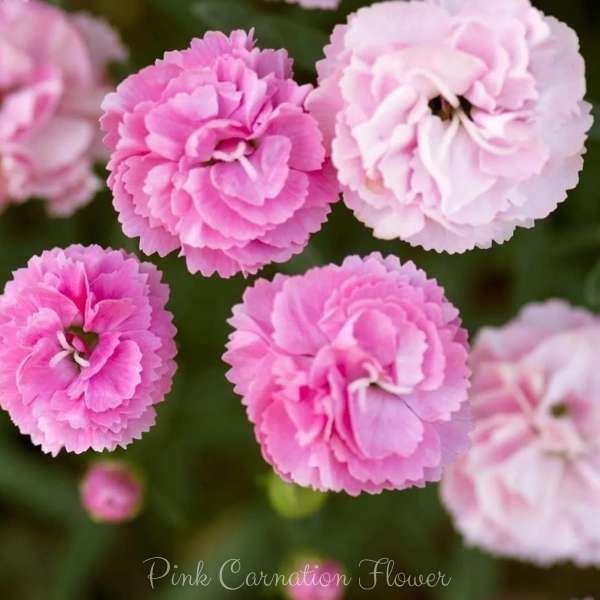
Uses of Pink Carnations Flower
In Floral Arrangements
Pink carnations are favorites in floral arrangements because of their versatility and long-lasting nature. They pair well with various flowers, adding elegance and charm to any bouquet.
In Symbolic Gestures
As symbols of love and gratitude, pink carnations are often used to show appreciation and celebration. They are popular for Mother’s Day, Teacher’s Day, and other occasions where expressing heartfelt emotions is important.
In Perfumery and Cosmetics
The sweet, clove-like fragrance of pink carnations makes them valuable in the perfume industry. Their extract is used in perfumes, soaps, and other cosmetic products, adding a pleasant scent and touch of luxury.
Conclusion: The Enduring Charm of Pink Carnations Flower
Pink carnations have a timeless appeal, representing love, admiration, and gratitude. Their rich history and cultural significance highlight their enduring charm. Whether in floral arrangements, symbolic gestures, or garden landscapes, pink carnations continue to captivate hearts with their delicate beauty and profound meanings.

